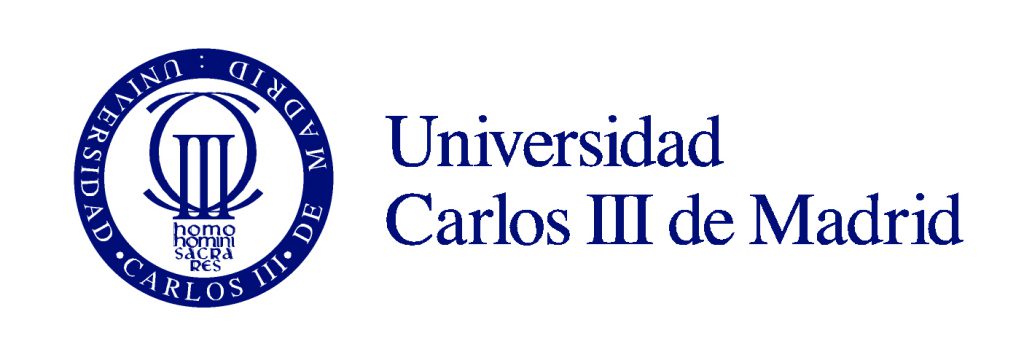ESR 10: Traceable and comparable evaluation methodology for biometric systems usability
Objectives: In the evaluation of biometric systems, methodologies will be based on the previous work of the researchers, designing the evaluation methodology, and then testing it in a scenario or operational evaluation, in order to extract conclusions on the adequacy of that evaluation methodology. With those results, the methodology will be refined and the cycle will be repeated until a satisfactory result is obtained. In order to obtain generalised results the test crew selected for each of the evaluations will be representative of several environments, analysing both performance at mobile scenarios and usability within several population sectors. In order to evaluate usability, the preliminary works already done within HCI, HCISec and HBSI, will be considered as the starting point. For scenario evaluation, ISO/IEC 19795 will be considered as the basis. The methodology to be developed shall be able to trace the evaluations performed as well as to allow comparison between evaluations performed at different laboratories. This is needed by industry as to be able to rely on the evaluations performed by a laboratory regarding a product, showing the real level of performance from a statistically significant and independent point of view. Such evaluation reports will be of benefit to system integrators as well as to end users, in order to take decisions on the system to be used. Also, this kind of evaluation will help manufacturers and system developers to improve products to better approach the needs of the citizen. This three year project will start by studying biometrics and evaluation methodologies, including studies in previous evaluations by other groups. Following this an analysis of the weak points of those previous evaluations will be performed, as to be able to detect the points for improvement. Special emphasis will be considered as to the way to perform an objective, repeatable, traceable and comparable evaluation following the requirements of ISO 17025 standard. The results of such studies will be used for the development of a formal methodology, which will be put into practice, validating it and detecting those points of improvements. This will be performed over several cycles as to better define the methodology, in order to promote to the biometric sector.
Expected Results: There are two main outcomes from this project: a) a methodology to provide traceable, repeatable and independent evaluations and b) the proposal of a new international standard (with a working draft attached) to be submitted either to CEN TC224 WG18, or to ISO/IEC SC37 WG5.
Planned secondment(s): Two secondments would take place within this project. The first is a four month visit to the team at UNIKENT on usability of biometrics during the first year of the project which would leverage UNIKENT’s expertise in behavioural systems evaluation and usability modelling (ESR 1 assesses touchscreen interaction with respect to usability). The expected results of this secondment are: the report on the evaluation of the preliminary results of ESR 1, and the validation of the evaluation methodology initially proposed. The second six month secondment will be with NUBO which would assess the developed evaluation methodology within a commercial setting. This is expected at the beginning of the third year of the project. The expected result of this secondment is the final validation of the methodology proposed by applying it to commercial systems.
Start Date: October 2017

